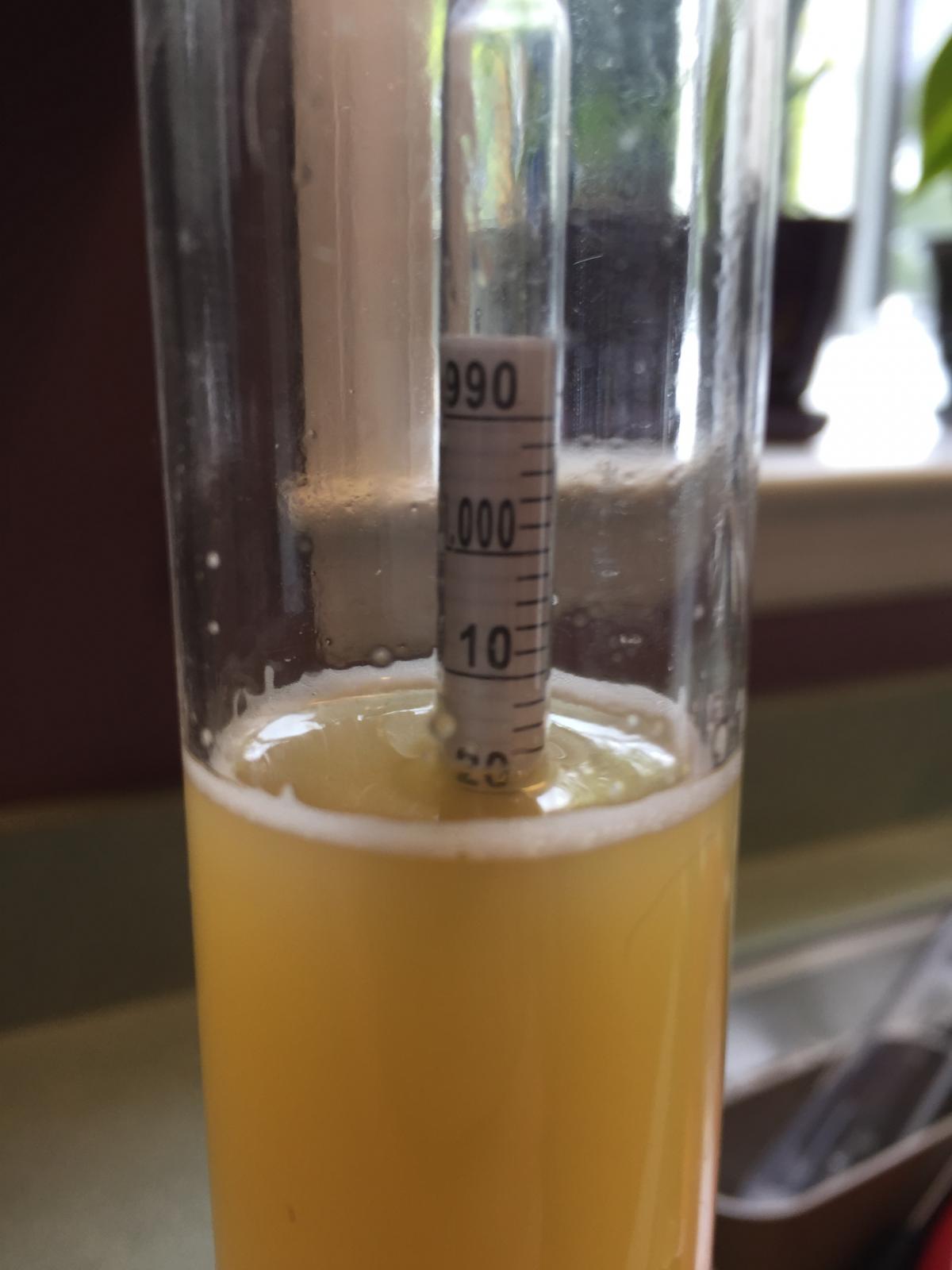I have been brewing, primarily extract, for a few years now and decided to attempt my first BIAB all grain batch. I had never moved to AG brewing due to the costs associated with upgrading my equipment (i'm a poor student right now). During the mash I was monitoring temperature using a typical lab thermometer. What I did not realize at the time was that the liquid inside the thermometer had separated and a portion of it was stuck at the very top. Because of this it was reading about 20-25˚F below what the temperate actually was. My target mash temp was 148-150˚ so, in turn, I ended up "mashing" at around 168! Long story short, my OG turned out to be 1.073 and my FG was 1.058.
So my question is do you think it would be a better idea to add some DME or corn sugar solution to help dry out the beer or bottle it as is and see what happens? I did sample some when I checked the gravity and it didn't taste terrible, just very sweet...for obvious reasons.
So my question is do you think it would be a better idea to add some DME or corn sugar solution to help dry out the beer or bottle it as is and see what happens? I did sample some when I checked the gravity and it didn't taste terrible, just very sweet...for obvious reasons.





